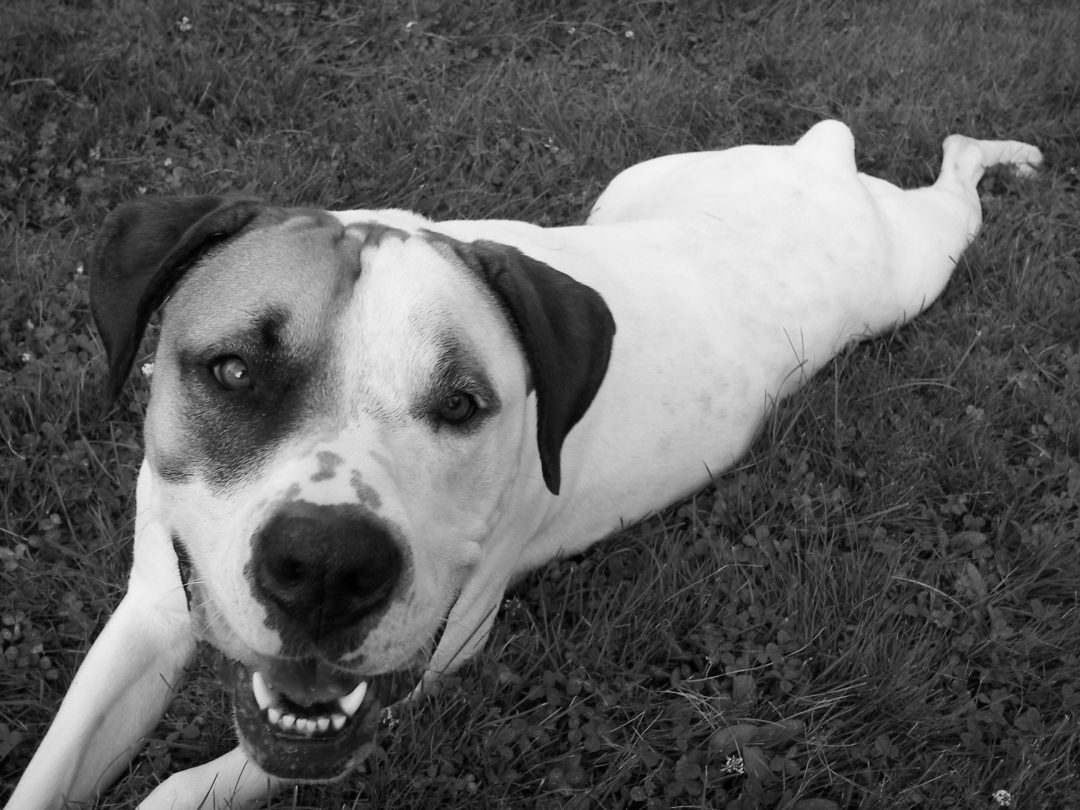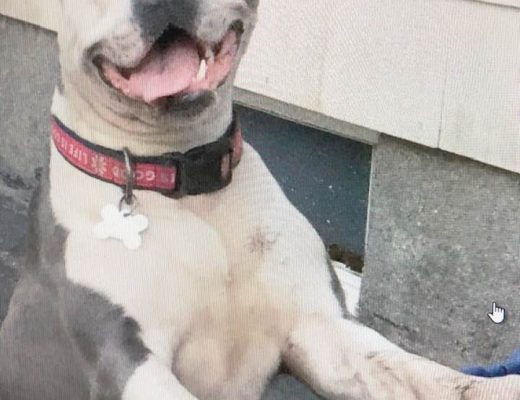When I was training my big boy, Bear, I learned a little trick from my mentors in dog training. Anytime I saw something that Bear did that I liked and wanted to keep in his repertoire, I was told immediately to click and treat for it. See, training is happening every second of the day, so why not “capture” that desired behavior.
The concept is based on operant conditioning. It’s an association between a dog’s behavior and a consequence. Of course, the consequence is the reward. My reward is based on what drives my dog. At that time, Bear was very food motivated. I used small, high value, smelly and delicious treats.
For example, I had a hard time teaching Bear the down cue. Well, eventually he would lay down on his own because he was tired. I had my clicker ready to go at a moment’s notice to click and toss that treat right between his legs in the down position.
Finally, he did lay down and boom, click and treat. His expression of “what the heck just happen” lit up the whole room. From there, I built my training sessions around that moment.
How can you capture a behavior?
- Treats. Have small delicious treats on you and ready to go. Another trick that I learned was to have small Tupperware containers with Zukes training treats all around the house just in case Bear presented something else that I absolutely loved.
- Watch. This is time to be quietly watching your baby for that behavior that you have been looking so desperately for.
- Click and Reward. Woohoo, it happened. The behavior has presented itself and now you must click and treat. If you don’t have a clicker, a verbal marker of yes will do. Also, you must be careful of what you mark. Timing is everything. If you clicked or verbal marked at the wrong time, you still must treat. You can fix your mistake the next time.
What are some behaviors that you might want to capture?
- Sit
- Down
- Look at me or checking in
- Bow
- Come
- Heel
- Going to the bathroom
- Any natural behaviors that you can turn into tricks!
When do you add the cue or command word to the capture behavior?
Once you have captured the desired behavior and your baby is consistently performing it clean and with no other behaviors attached, that is when you add the cue. Remember, you only reward for what you want and ignore what you don’t want. Your training sessions should be no longer than 5 to 10 minutes and always end on a good note.
How are your training sessions going? I would love to hear from you. Please feel free to comment below or message me privately.





No Comments